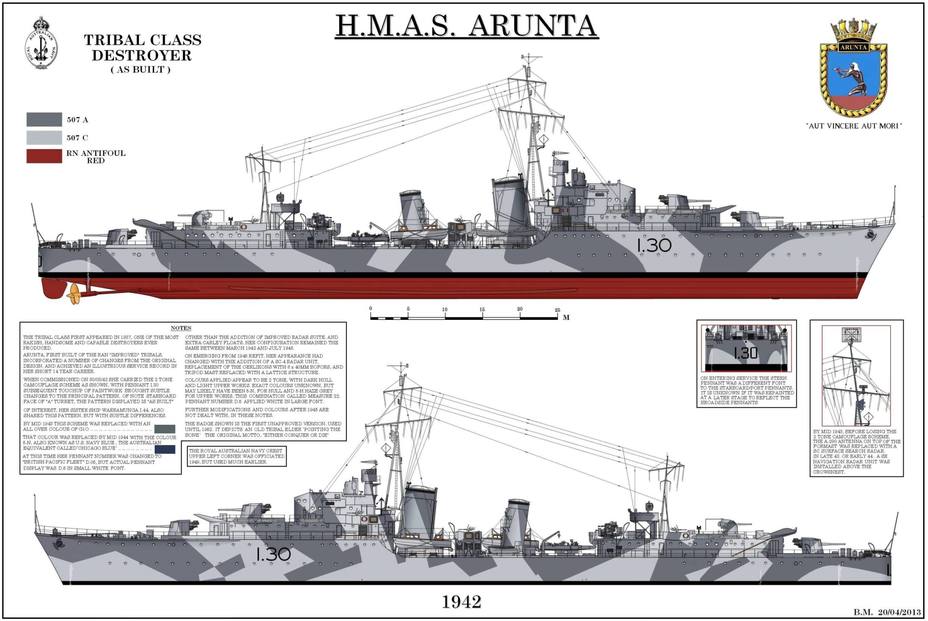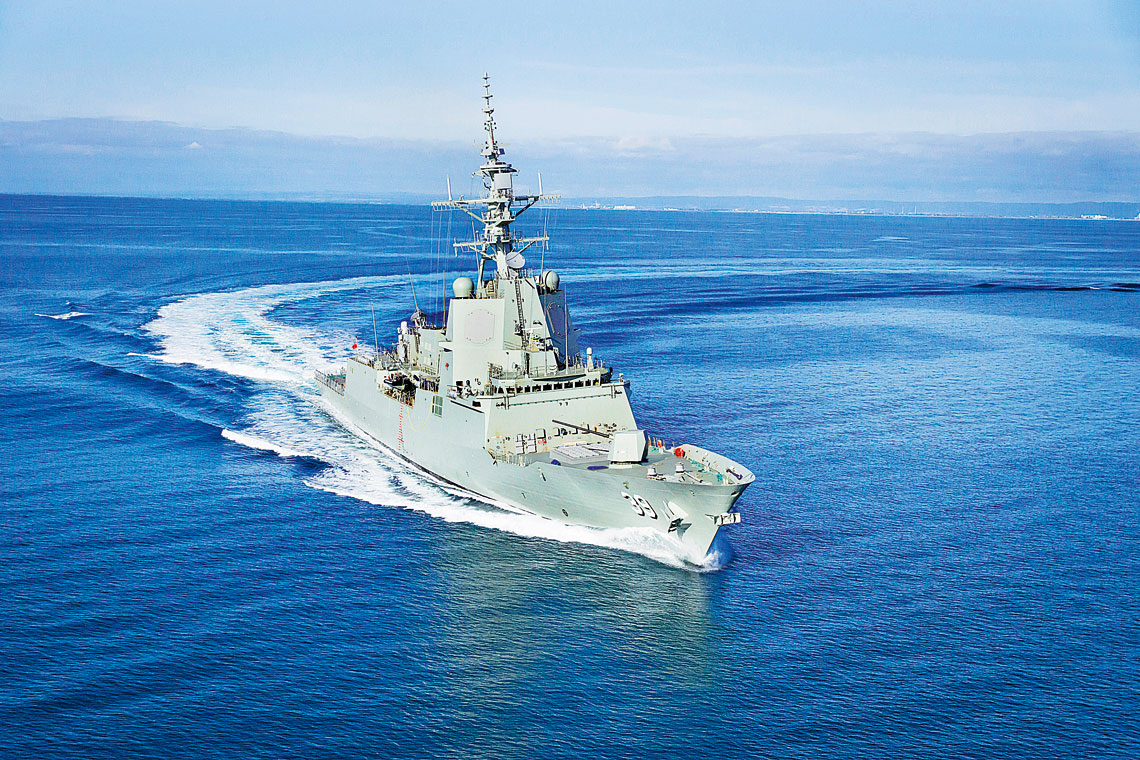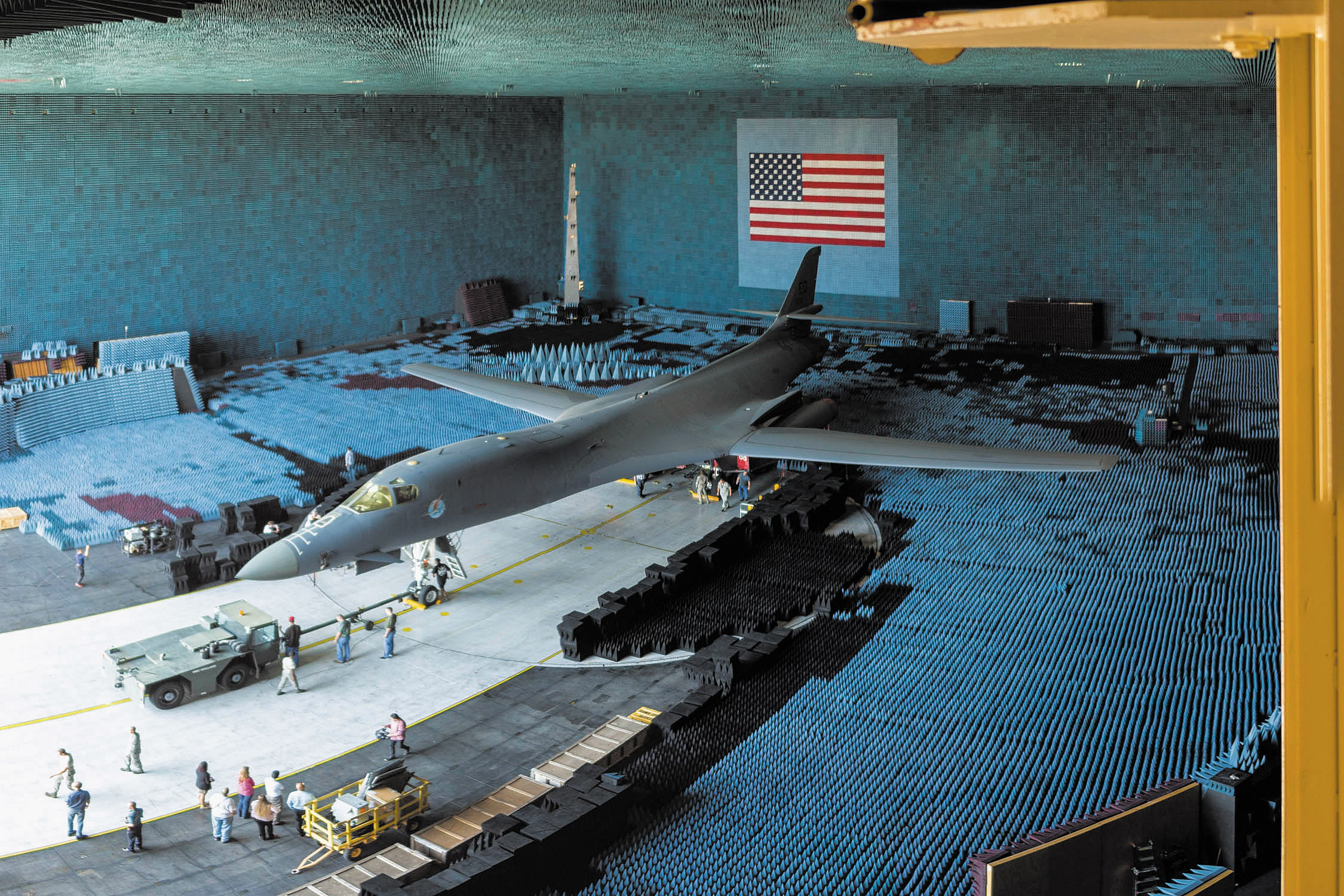
With Spanish ancestry - Australian Air Force destroyer.

HMAS Hobart prototype in a dynamic turn. The photo was taken during sea trials.
The third quarter of this year was an extremely important period for the Australian Navy. On 25 August, testing of the prototype anti-aircraft destroyer Hobart was completed, leaving Adelaide just over two weeks later for the first round of transfer testing. They were successfully completed on 24 September. The event was a milestone in a nearly 16-year epic program that cost the Government of Canberra nearly A$9 billion, making it the most expensive, as well as one of the most complex, in the Commonwealth's naval history. .
The first plans to commission new, specialized ships for anti-aircraft protection of the fleet and convoys appeared as early as 1992, when it was proposed to replace the three Perth-class destroyers (a modified American type of Charles F. Adams, in service since 1962 - 2001) and four of the six Adelaide-class frigates (Australian-built OH Perry-class units in service since 1977) by the number of new ships, which at that time was not yet specified. Initially, the construction of six Anzac frigates in anti-aircraft configuration was considered. However, this proposal was rejected, mainly due to the limited size of these platforms, which made it impossible to install the preferred weapons systems and electronic equipment. Due to the fact that years have passed, and the idea of a successor to the aging Perts has not been found, in 1999 the Royal Australian Navy (RAN) decided to use a temporary solution in the form of upgrading four Adelaide frigates (three of them are still in use). ). Known as the SEA 1390 or FFG Upgrade Project, this project cost $1,46 billion ($1,0 billion was originally planned) and was delayed for four years. As a result, an eight-chamber Mk41 VLS vertical launcher module was installed on all four, equipped with four-chamber Mk25 cassettes for Raytheon ESSM anti-aircraft missiles (32 missiles in total). In addition, the Mk13 launcher was upgraded, adapted to fire Raytheon SM-2 Block IIIA missiles (instead of the current SM-1) and Boeing RGM-84 Harpoon Block II anti-ship missiles. Radar systems were also upgraded, incl. AN/SPS-49(V)4 General Surveillance and Fire Control Mk92. On the other hand, the Phalanx direct defense artillery system has been upgraded to Block 1B standard.
In addition to the aforementioned modernization of frigates, in 2000 it was decided to start implementing a program for the construction of completely new ships designed to protect fleet groups from air attack. This program was originally called SEA 1400, changed to SEA 4000 a few years later, and since 2006 has been called AWD (Air Warfare Destroyer). In addition to the main purpose of the ships, i.e. anti-aircraft and anti-missile defense of long-range fleet groups and recently seriously modernized landing forces in coastal waters and the ocean zone, participation - as control ships - in peacekeeping and humanitarian missions, the need for which has been confirmed by the past years. This is the result of the present and anticipated future deployment of the Australian Expeditionary Force in remote corners of the globe, away from home shores.

